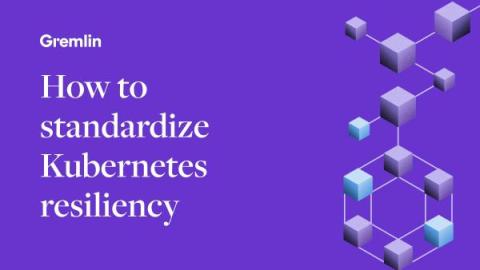Five ways Gremlin helps organizations meet DORA requirements
Enacted by the European Union, the Digital Operational Resilience Act (DORA) establishes new standards for digital operational resilience in the financial sector. DORA changes the financial sector's approach to digital security and resilience by imposing stringent Information and Communication Technology (ICT) risk management, incident reporting, third-party risk management, and regular testing.











